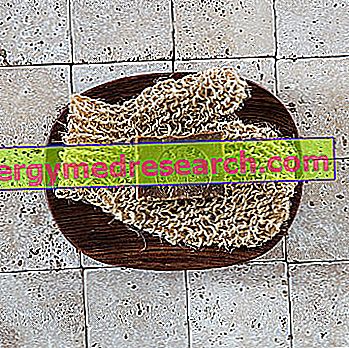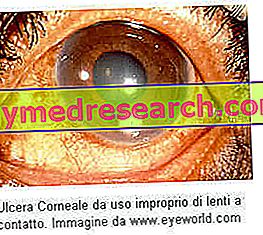What is that
Hydroxyproline is known to be one of the main amino acids that contribute to the formation of collagen, the most abundant protein in the body as a primary constituent of bones, skin and connective tissues in general.

Hydroxyproline is roughly 9-15% of the amino acids that make up collagen and is the most represented in this protein along with glycine.
Synthesis and Functions
Synthesis and Role of hydroxyproline in the body
The body synthesizes hydroxyproline through the hydroxylation of proline in the presence of ascorbic acid (vitamin C). If the latter is missing, the synthesis of collagen is compromised together with its structural integrity; consequently the typical symptoms of scurvy appear: gingival bleeding, ecchymoses and multiple haemorrhages, delayed wound healing and anemia. Not by chance, hydroxyproline plays an important role in the formation and stabilization of the triple helix that characterizes the molecular structure of collagen, protecting it from the degradation of proteolytic enzymes.
Did you know that ...
Hydroxyproline is commonly present in urine and the alteration of normal hydroxyprolinuria values may indicate the presence of pathologies. Indeed, an increase in urinary hydroxyproline levels may indicate the presence of bone pathologies (such as, for example, osteoporosis) or thyroid disorders such as hyperthyroidism.
On the contrary, the decrease in hydroxyproline levels in the urine could indicate the presence of other diseases, such as, for example, hypothyroidism.
Hydroxyproline supplementation
Meaning and Benefits of Hydroxyproline Integration
Since hydroxyproline is one of the main amino acids that make up collagen and since the latter - at the skin level - contributes to guaranteeing support, firmness and hydration to the skin, oral hydroxyproline supplementation and its application topical are useful in the prevention and treatment of premature skin aging. With the passing of age, in fact, the concentrations of collagen are reduced, the protein takes on a more disordered structure and increases the activity of the enzymes that degrade it; it follows the typical cutaneous atrophy of aging: the skin thins and wrinkles are highlighted.
In a double-blind placebo study lasting eight weeks, the administration of 2 grams per day of hydroxyproline (Luministor® Kyowa) to a group of women over the age of 47 with chronically dry and wrinkled skin allowed significantly increase skin hydration with perception by the volunteers of significant improvements in skin elasticity, dryness and roughness.
In a high study, topical application of a 2% hydroxyproline-containing cream (Luministor ® Kyowa) helped improve skin hydration by reducing expression lines and improving skin elasticity in a group of older women over 45 years that showed moderate signs of skin aging. These effects have been improved by the addition of low molecular weight hyaluronic acid (1%) and vitamin C (Magnesium ascorbyl phosphate 5%) to the formulation.
Of course, although the use of hydroxyproline-based supplements and cosmetics may prove useful in preventing and combating wrinkles, it is important to remember that the use of these products alone cannot work miracles. In fact, to address the problem of the imperfections of the time, it is first of all essential to adopt a healthy lifestyle (characterized by a balanced diet and a good level of physical activity) and to take care of one's skin correctly (use of cosmetics and detergents suitable for your skin type, protection from the sun and other atmospheric agents, etc.).
Finally, again by virtue of the essential role in the correct synthesis of collagen, hydroxyproline can also find space in supplements designed to promote joint health.



